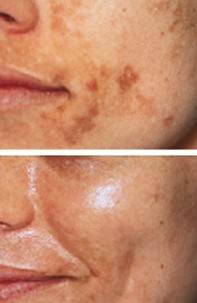Peer Reviewed
Feature Article Dermatology
Lasers in dermatology: beyond cosmetic uses
Abstract
Technological advances and consumer demand have led to the increasing use of lasers in dermatology for a range of medical and cosmetic skin treatments. However, new lasers are arriving at a bewildering rate, often before their effectiveness has been properly evaluated by clinical studies. Which laser treatment is suitable for which skin condition?
Key Points
- The scope of skin conditions that are suitable for laser therapy is growing nearly as fast as the number of new lasers on the market. However, not all these therapies have been evaluated by proper clinical trials, complicating patients’ treatment options.
- Laser therapy works by selective thermolysis – the precise, thermally mediated injury of specific cutaneous targets by selectively absorbed pulses of radiation.
- It can be used to treat cutaneous vascular lesions or pigmented lesions, or for cutaneous resurfacing.
- Side effects may include scarring, pigmentary changes and infection; anaesthesia may be required; and not all treatments are listed on the Medical Benefits Schedule.
Purchase the PDF version of this article
Already a subscriber? Login here.

